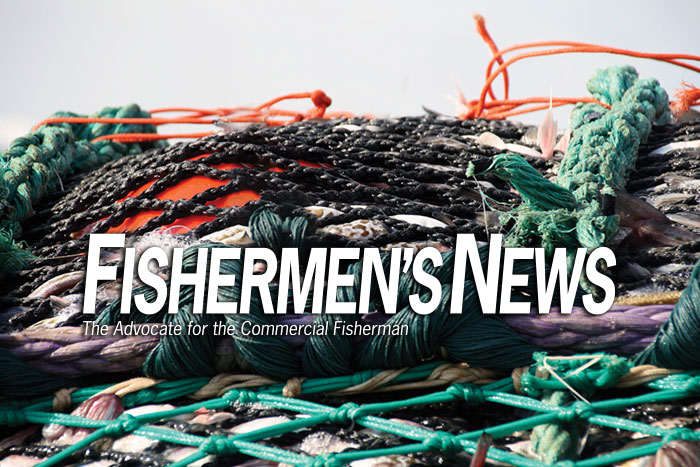Coast Guard Cutter Munro Deployed in Support of U.S. Indo-Pacific Command
The Legend-class U.S. Coast Guard Cutter Munro and its crew are currently deployed on a months-long mission in support of the U.S. Indo-Pacific Command, with plans to have exchanges and capacity-building exercises with partners and allies, and also patrol in the area.
The cutter’s deployment to the Indo-Pacific theater aligns with the Integrated All-Domain Naval Power of the Naval Service.
“An increased presence throughout the Indo-Pacific strengthens our alliances and partnerships through improved interoperability, which will enhance regional stability, promote rules-based order, and improve maritime governance and security in the region and globally,” said Vice Adm. Michael F. McAllister commander of the Coast Guard Pacific Area.
The cutter’s mandate ranges from search and rescue to...







